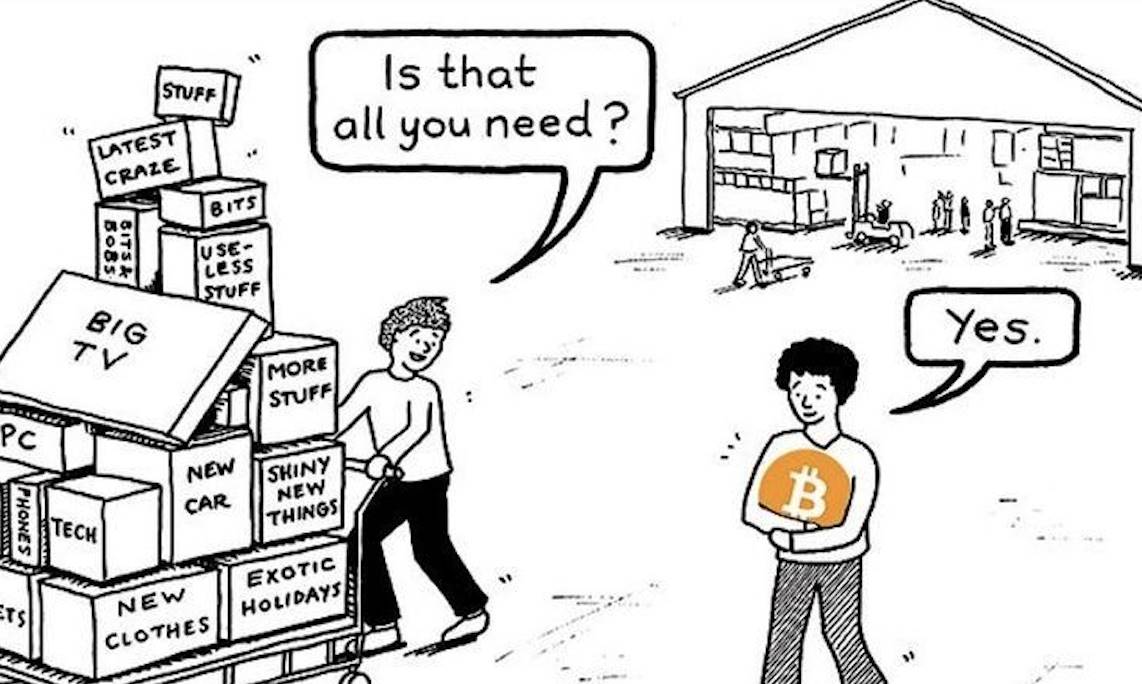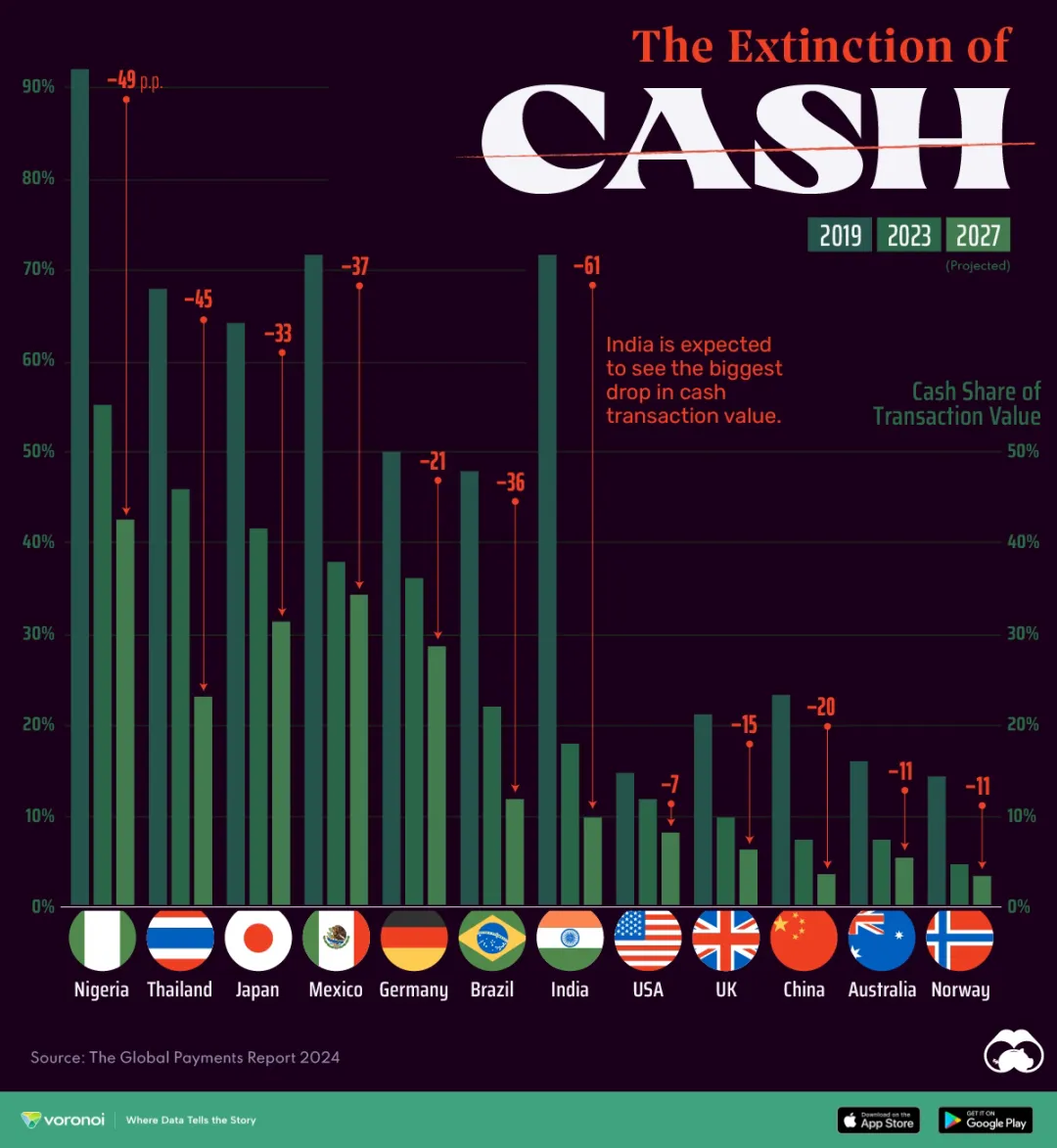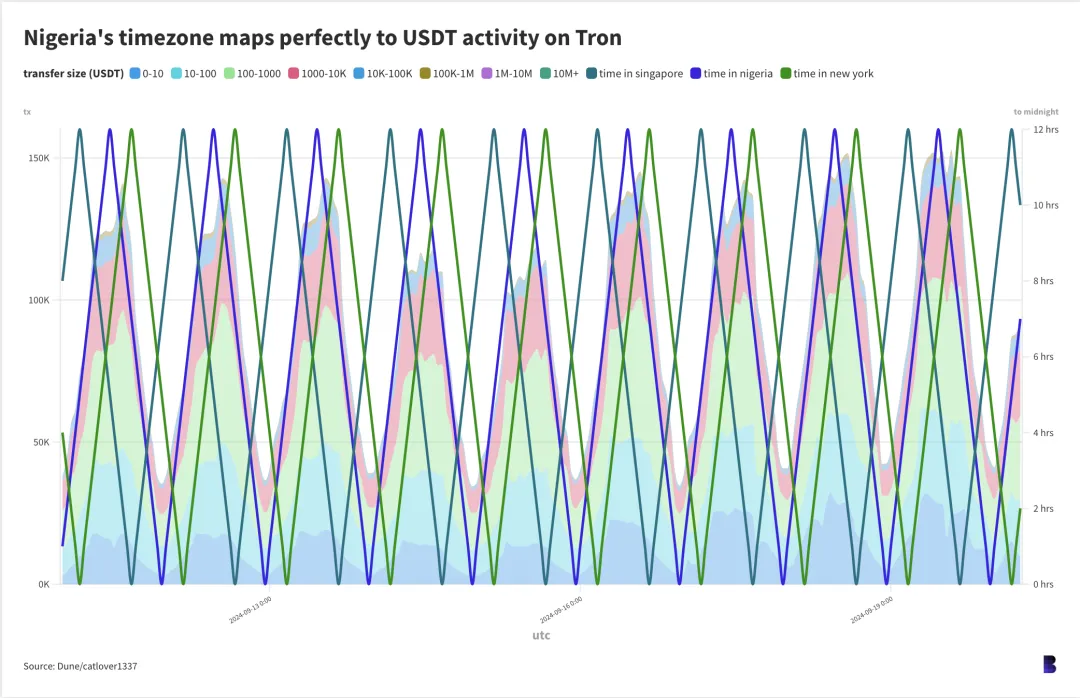
With David Sacks pushing for it, an encrypted meeting at the White House is imminent.
However, the crypto industry in the University of Tokyo is not happy. They believe that Trump is simply treating the cryptocurrency circle as an ATM, which will continue to suck away internal liquidity and lead to further price declines. Against this background, voices are rising one after another, calling for the crypto industry to be unique, ostensibly rejecting external users but actually calling for people to stay away from the political vortex.
There is no doubt that cryptocurrencies are already part of the real world;
There is no getting around it, the economic returns and purity of blockchain have declined.
Judging from the current situation of cryptocurrency, PVP is an absolute dead end, and innovations like DeFi and NFT similar to the 2021 cycle are nowhere to be found. If you do not participate in PVP, Trump and ETF will withdraw money, and Pump Fun and Four Meme will also take away your USDT. So why not just do PVP together, it seems that you can also be happy for a while.
I’m talking about crypto, of course.
Regarding this matter, Western scholars have long recorded it through The Wealth of Nations and the Prisoner's Dilemma:
From the perspective of personal self-interest, the paths of both parties are:
- The Wealth of Nations: Individual Profit-Seeking -> Market Transactions -> Resource Optimization -> Economic Growth
- Game theory: individual rationality -> short-term game -> resource competition -> group

To translate, the problem now is that the crypto industry has not produced and retained products of value, which eventually leads to a U-standard, and no one is willing to hold various cryptocurrencies.
In fact, Trump's FOMO and FUD regarding cryptocurrencies are all an emotional clearing. From $TRUMP to the metaverse and NFT, this is obviously beyond Trump's personal ability to operate. Otherwise, it would be too abstract to confront Zelensky while planning a crypto business.
The only question is who the KOL Agency is that is doing the matchmaking. They have replaced the K Street lobbyists, proving that the lobbying power of the crypto industry is now comparable to that of the traditional military-industrial complex.
Nothing is real; Bitcoin is value.
At a critical moment in the industry, looking back at the history of Bitcoin, we will find that Bitcoin is not an exclusive private product, but a gift to all mankind. It is precisely because of its extreme inclusiveness that it has eventually evolved from a money laundering tool and a toy for geek groups to a synonym for value that is competed for by the world.
If you believe in the compound interest of time, you will be rewarded in life.
Looking inside and outside the snow line, encryption continues to evolve
High temperature corresponds to disorganization, and low temperature corresponds to high organization.
The temperature of the crypto market is very high right now, and the corresponding disordered entropy value is also extra high. After the consensus conference in Hong Kong, the short essays and memes that have been popular for several years disappeared together, which means that people in the circle can't find a consensus. Only KOL agents are left looking at each other in bewilderment and treating each other as offline.
The subculture of the crypto market is taking shape, and the group consciousness of our small crypto world is undercurrent. He Yi's BOSS Direct Recruitment reflects the self-organization of the industry. The outside world is silent about this, and the accumulation of strength represents the accumulation of strength before breaking out of the circle.
In this cycle, BTC/ETH/SOL have weak continuity. BTC worth 100,000 has become a goalkeeper, ETH has been sleepwalking throughout the whole process and has just started to sort out its internal situation. SOL is the most normal, which is nothing more than the coin issuing group replacing the FTX and Jump conspiracy groups.
The real future obviously does not lie in the competition between public chains and L2, but in the swallowing of cash by stablecoins. The only question is to what extent stablecoins + SOL/Tron/EVM public chains can replace the small systems of various countries.

Image caption: Predictions of the demise of cash in various countries
Image credit: Voronoi
Cash has disappeared in China, but WeChat and Alipay are the mainstream players. Infini and other U cards cannot obtain the qualification for domestic UnionPay issuance and must be subject to the limit of personal foreign exchange control quota. Even if products such as HyperCard are introduced in Laos to launch UnionPay U card services, they still cannot be regarded as the same as domestic bank products.
Populous countries such as India, Brazil and Nigeria are indeed rapidly moving towards cashlessness, but it is not stablecoins that are occupying the market. This part of the market is being rapidly divided up by local central banks, banks and Fin-Tech companies, leaving only leftovers for stablecoins.
Fundamentally, stablecoins involve national sovereignty, and today's stablecoins are essentially variants of the US dollar and an external form of US debt. Any country with certain aspirations will resist US dollar stablecoins, unless it is a small country such as El Salvador and Cambodia that is de facto or de jure dollarized.

Image caption: Nigeria's timezone maps perfectly to USDT activity on Tron
Image credit: Dune/catlover1337
In other words, the stablecoin market is divided into three types. The first type is China, the United States, India and Brazil. Stablecoin is just a marginal financial product. The second type is small countries with dollarization. Stablecoin is more convenient than the US dollar, but the market has not yet been fully opened and still needs Visa/MasterCard to enter the market. The third type is medium-sized countries such as Nigeria and Turkey. The currency system is chaotic, inflation is high, but there is a certain degree of national capacity. As a result, stablecoin has a large application market and real demand, but it cannot be completely mainstreamed and compliant.
Just as Trump targets both positive and negative emotions, the biggest benefit of stablecoins is stability. Compared to cryptocurrencies that need to prove their value through coin prices, the demand for stablecoins has already taken root.
Just as Paypal and others completed their surprise attack on card organizations at the beginning of the century by taking three steps: attracting customers without any barriers, holding on to the established market, and then completing the landing in compliance with regulations, cryptocurrencies are now going through this process.
Moreover, BTC and ETH have completed the initialization stage of user education. BTC has proved the feasibility of network effects from scratch, and ETH has amplified the network effects to millions of real users. The TRC-20 USDT stablecoin does have real daily users around the world.
Inevitably, before the crypto field is used by hundreds of millions of people around the world, it is meaningless to just shout about Mass Adaption. Otherwise, there would not have been the COM bubble at the beginning of the century. Believe me, the speculation of Web2 was no weaker than it is now. It was not until Google established its advertising system that the value of the entire industry found real logical support.
Escape the concept of single point and embrace group intelligence
The reason why a lot of space is devoted to the discussion of stablecoins is that at the current stage, public chains and DeFi have reached a bottleneck period. After Solana's Firedancer upgrade is completed, Solana 2.0 and ETH 2.0 will be the two fastest and most stable chains at present, which are enough to meet any needs of most users and developers.
Only stablecoins can expand the network effect of cryptocurrency to the extreme. Blockchain does not actually need to discuss how to achieve externalities. As long as there are enough people, a group application paradigm will naturally emerge. From ant colonies and bee colonies to human tribes and urban civilizations, they are all proving the reality of group intelligence.
Of course, there is a paradox here. We cannot explore all the possibilities of mainstreaming stablecoins, but if you don’t explore them, you won’t know which possibilities are worth exploring. At present, it can actually be reduced to a battle between pure on-chain adoption and real off-chain scenarios.
This question cannot be answered through discussion, but there is one valid principle: only by treating products as services can the best results be achieved. Taking Deepseek as an example, the most accurate comment I have seen is: "Deepseek is a feature, not a product."
I will give a blockchain version. We don’t need to pay attention to the dynamics and technological progress of public chains, Uniswap, and Binance. What we focus on is their connection with everyone in the world. The reason why Binance has achieved such great commercial success is because it really has more than 100 million crypto users. They may not be on-chain users, but their existence makes Binance’s network effect extremely close to traditional Internet companies.
The only problem is that we have to find feasible promotion and application scenarios for stablecoins in practice without knowing how to expand them specifically.
For example, in the cracks of regulation, stablecoins need to complete primitive accumulation with anti-fragility, take advantage of the disorder in the gray area, and deconstruct the arrogance of the order of traditional finance. Undercurrents always find infiltration paths outside the high-pressure barriers, and compliance is not a priority breakthrough or a gimmick to show off.
To reconstruct the payment ecosystem in the sunshine zone, it is necessary to face the iron wall of vested interests. Technical efficiency is only an entry ticket. The real contest is the patience of institutional games. When the regulatory cost itself has become a moat, the disruptors either wait for the metabolic cracks in the old order, or use the capillary-like penetration in the marginal areas to disguise revolution as reform, just like Paypal to card organizations, and now stablecoins to banks.
Stablecoins are standing at this crossroads. The success of the black industry is precisely its original sin, and the price of whitewashing may be to bow to the rules of Trump, the western sun.
In every era of thought, a certain style of thinking tends to become the common measure of cultural life, and cryptocurrencies, technologies, and ways of thinking will surely become the defining characteristics of this era.
May we find the Strawberry Fields of this era in the world of cryptocurrency.














